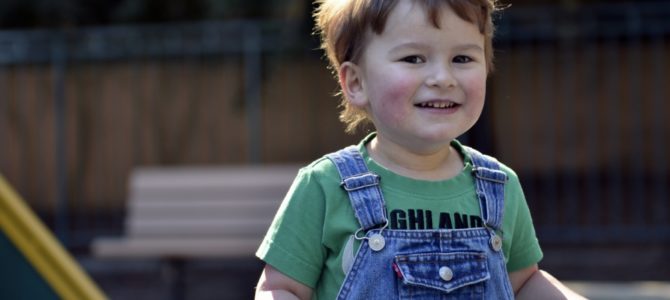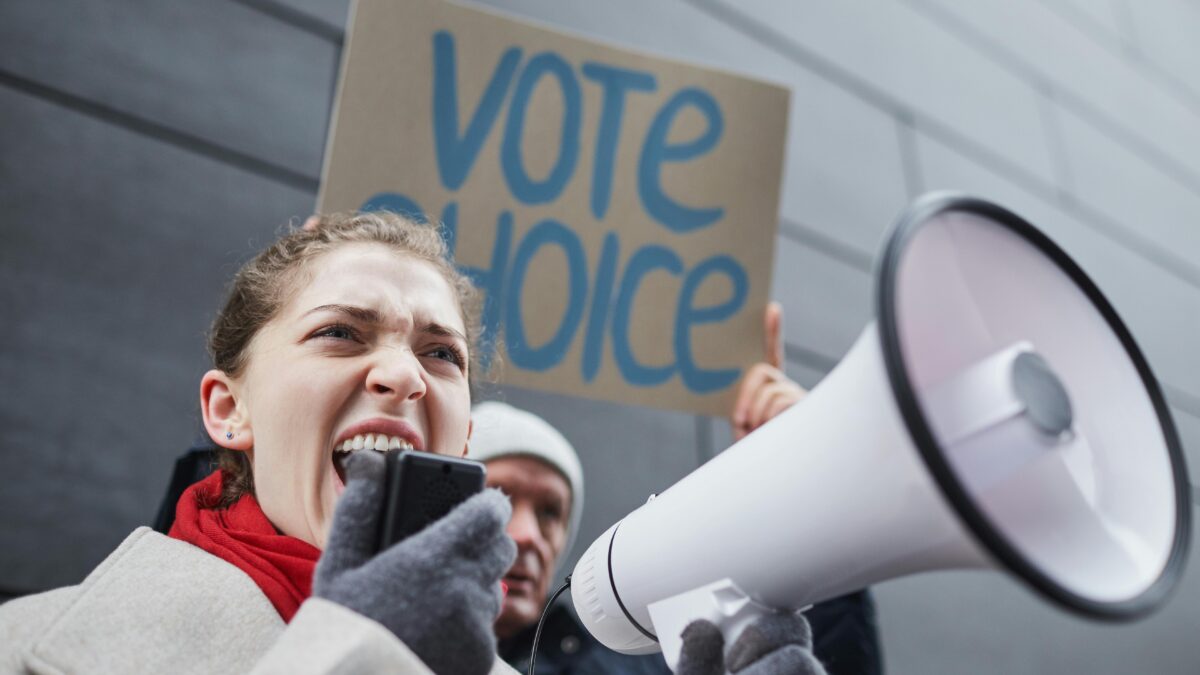
My son, now 11 years old, was diagnosed with Autism Spectrum Disorder when he was three. Since then, he has been in intensive behavioral intervention treatment almost continuously until the coronavirus lockdown closed our city in March.
His treatment is two-pronged: at-home therapy focused on everyday functioning (paid through private insurance) and an individualized education program at his school to target academics and socialization. He receives speech and occupational therapy services as a part of his IEP, then additional speech therapy at home.
Because autistic kids tend to self-isolate, behavioral therapies for autism focus on teaching them to not be socially distant but to sit next to their peers, participate in games to the best of their ability, and converse with others. As a parent, I feel this is the most important set of skills he needs to acquire. I was, therefore, pleased to see that in a school setting, my son met the goals set for him in these areas.
So, in spite of his tangible shortcomings, my son is fascinated with other people and enjoys human interaction. The ability to form good relationships with others will be the key to fulfilling life regardless of his level of functioning.
Unfortunately, after school went online, many opportunities for socialization ceased to be. While at times gatherings outside our immediate family have gone against the county’s regulations, we continue meeting with some of his friends. Unfortunately, he is missing out on professional therapy during such gatherings.
My son is starved for social interaction. When we see other kids walking down the street, he screams “People!” and sometimes motions towards them. This usually causes a commotion, not because my child is a threat, but because our neighbors have been conditioned to feel that a naked human face in their vicinity means they are going to catch COVID-19.
It doesn’t help that my son never wears the mask properly: he fidgets with it and pulls it under his nose. He also has a self-stimulating behavior called throat clearing. Like other self-stimulating behaviors common to people with developmental disabilities, it’s a repetitive motion and sound that happens when the sensory balance is out of order — extra motions are necessary to keep individuals with special needs content. My son has always been getting looks, but now he’s getting looks as if he’s about to kill someone.
The Shortfalls of Remote Learning
The boredom and social isolation resulting from COVID-19 have caused my son to become extremely anxious. He’ll run through the list of his favorite people and places, adding at the end “You cannot go there. Pandemic!” I suppose it’s expected since childhood anxiety is incredibly common right now, and not only in kids like him.
When the school campus closed, my son’s class started meeting online for a half an hour a day, which largely consisted of quite sub-par teaching. While his online teacher was far from anything close to “good,” it’s also true that even with the best educators involved, remote learning just doesn’t work for kids in special classes.
Children in these classes receive instruction involving methods like hand over hand correction, meaning that teachers and paraprofessionals physically reposition the hands of students. Furthermore, special education teachers work on establishing and maintaining eye contact, so staring at a computer screen encourages bad habits.
Not a single technique or practice used in behavioral therapy can be genuinely successfully implemented in distance learning because of the need not just for eye contact, but for touch and proximity. The fact that many autistic kids also have Attention-Deficit/Hyperactivity Disorder and are unable to sit through a long computer session makes things even more challenging.
I hear a lot of special needs parents complain their kids are regressing. Because their brains already have greater difficulty retrieving memories, autistic regressions are different from what we see with typical kids who lost a few months of school and may have trouble recalling something from last year. Large chunks of information parents and teachers have been struggling to teach special kids might be lost forever.
Thankfully, my son is more or less retaining his academics, even making some language breakthroughs his speech therapist suggests he probably wasn’t making in his classroom because the school district made mistakes. But he is still being deprived of support he needs and deserves.
Special Needs Kids Need In-Person Classes the Most
The stark truth is that it’s kids aged 3 to 5 who stand to lose most from the closures. This is the age of early intervention before neural connections are formed, and the brain is still malleable.
Before quarantine, parents of children on the autistic spectrum were told to get their children in therapy as soon as possible. Early intervention therapy is typically conducted through school districts. With indefinite quarantine in place, however, kids have already lost half a year and are likely to lose more. Sadly, low income and minority families lacking health insurance will be hurt most.
Although his classroom is closed, the private agency continues working with my child at home. It’s poorly staffed, however, because many therapists are uncomfortable with the perceived viral risks, and the agency is rotating personnel in and out of work. At first, therapists were working at our house without masks, but after about a month, the county issued new regulations that required face covering.
Because autistic kids have difficulty recognizing emotions, they need to be able to observe human faces and learn to respond to non-verbal cues. So I was happy to find that one of the programs my son was mastering at home was labeling emotions. His therapist was modeling looking sad, happy, or angry, as he was naming these facial expressions. Yet once the mask laws went into effect, we had to cancel that exercise.
There is not a lot of room for compromise on opening special education. Most measures geared to fight COVID-19 don’t naturally line-up with behavioral therapy, and the risks are real. Even when the children are little, and don’t transmit the virus, special classrooms are full of adults.
In my state of California, for instance, the state-mandated teacher to student ratio for such classes is 1:2. Under these circumstances, teachers may pass the virus to each other. Spectrum kids tend to be sickly, and Vitamin D deficiencies are common in people with this condition. Data from an Indonesian study found a strong link between Vitamin D deficiency and severe COVID-19 symptoms, so our children may have more complications if they catch it. With all of that understood, I believe opening special needs education is a risk worth taking.
The question we need to ask ourselves as a society is do we want special education at all? I understand that no society should organize itself around its marginal members, and my son is as marginal as they get. Yet unless a medical cure for autism is developed, my son will remain a charity case for the rest of his life. With the proper schooling, he might achieve his dream of becoming a grocery store bagger. Without it, who knows?
I can’t help noticing that the argument for universal lockdowns was centered around helping marginal individuals such as the old and infirm.
There is no arch-villain, like the white patriarchy, against whom all the disadvantaged could rally to defeat the virus. Instead, there are only tradeoffs, and we need to decide what is important. We shouldn’t fool ourselves, either: there is no “new normal” in special education. Ultimately, masks are not “kindness” — human touch is. If we want to help autistic kids, we need to open schools immediately.
The author is a regular Federalist writer who is anonymous here to protect her son’s privacy.









